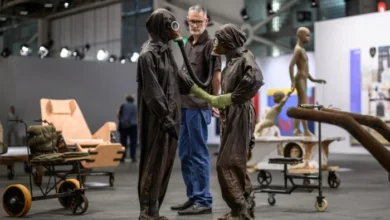Neither is saying how much he is paying SpaceX for the launch, though Isaacman has said it was far less than the $200 million he hopes to raise for St. Jude.
For NASA astronauts, McAlister says, orbital trips can have a $58 million price tag, based on averages calculated from commercial contracts with SpaceX and Boeing.
While $58 million may seem like a lot, it’s actually a great bargain for NASA.
After retiring its space shuttle, NASA had to pay Russia around $80 million for each seat on the Russian Soyuz spacecraft.
“We wanted to end that reliance and make sure that we had a U.S. capability to transport our astronauts,” says McAlister. “The other goal that was explicitly part of the program was to enable a commercial capability to fly non-NASA customers into space.”
The privatization of space by American companies
This initiative to partner public and private resources for American space exploration has been years in the making.
NASA has been working with SpaceX and Boeing on their systems for the last 10 years, transferring their knowledge from more than 60 years of human spaceflight and innovation in low Earth orbit.
“During that 60 years, only about 600 people have flown the space, and the vast majority of them have been government astronauts. I think in the next 60 years, that number is going to go up dramatically, and the vast majority of them are going to be private citizens,” McAlister says.
The goal for NASA is to eventually retire the International Space Station and allow companies to build their own space stations with the latest technological designs that require less maintenance.
In the future, astronauts could just rent seats on space shuttles and stay at rooms in space stations, similar to how business travelers buy plane tickets from airlines and sleep in hotels.






